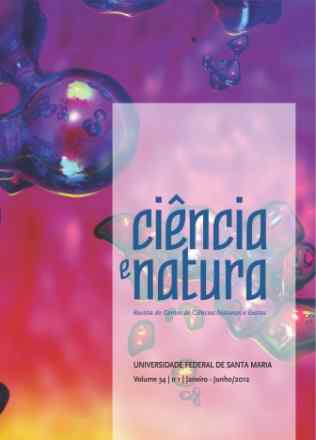MICROBIAL POOL FOR BIOLOGICAL CONTROL OF MILK QUALITY AND PATHOGEN PROFILE OF MILK FROM A DAIRY FARM IN SOUTHERN BRAZIL
Ciência E Natura
MICROBIAL POOL FOR BIOLOGICAL CONTROL OF MILK QUALITY AND PATHOGEN PROFILE OF MILK FROM A DAIRY FARM IN SOUTHERN BRAZIL
Autor Correspondente: Pamela Lais Cabral Silva | [email protected]
Palavras-chave: mastitis, nterobacteria, sanitation control
Resumos Cadastrados
Resumo Inglês:
The objective of this study was to assess the health and environmental profile milk from a local dairy farm by applying a microbial pool of Bacillus cereus, Bacillus subtilis, Bacillus licheniformis, Bacillus amyloliquefaciens, Lactococcus lactis subsp. lactis in different environments. The inoculum used was diluted with water and then sprinkled on the surface of predetermined sites for characterization. Five swab samples from the ground were collected at random from the room or environment. Populations of the total and fecal coliforms, Salmonella spp., Staphylococcus coagulase positive and sulfite reducing Clostridium were set as indicators of hygiene and sanitary conditions. Milk samples were also collected from the cooling tank. Somatic cell counts (SCC), Somatic cell counts (SCC), fat, protein, lactose and milk total solids were determined parameters were determined, we used the methods set by ANVISA. A statistically significant reduction of SCC (P < 0.05) was observed from 2.8 to 2.0 log SSC.mL–1, significant interactions were considered when the probability was lower than 5%. The inoculum also showed a highly significant effect on pathogen populations, especially on Salmonella spp. and sulfite reducing Clostridium, while a lower reduction on the other two pathogens. In this way, the inoculum was effective in reducing pathogen populations, improved the sanitary quality, thus it might be used as a prevention tool for the diseases with environmental origin in dairy farms.

